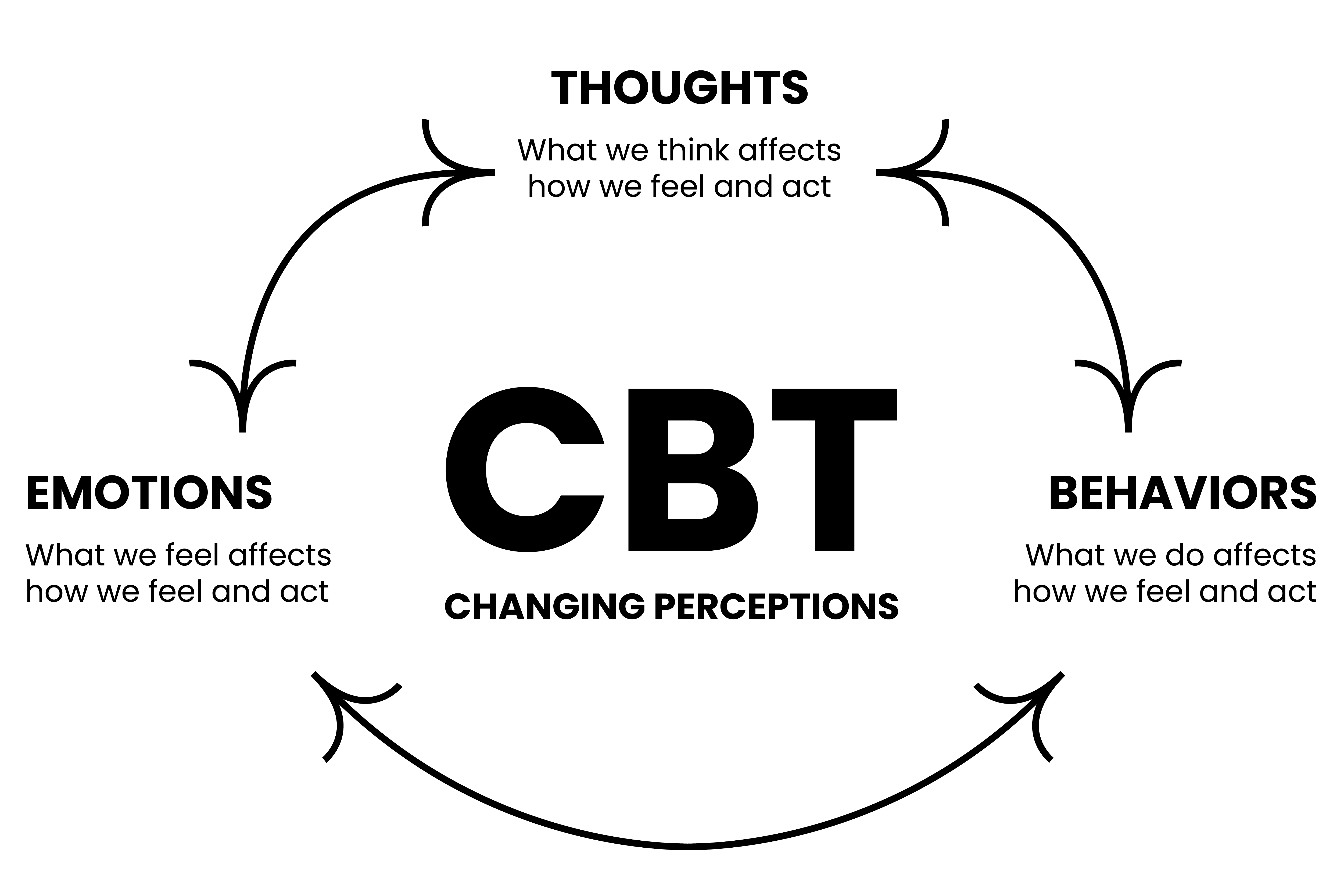
Browsing Customer Resistance In Monitoring Consulting
Handling Difficult Customers
Compose a couple of paragraphs explaining your strategy to conquer resistance. If you're looking for more science-based means to assist others boost their wellness, this trademark collection includes 17 confirmed positive psychology devices for experts. We have plenty of devices, methods, and worksheets to urge collaboration within the restorative procedure and boost clients' self-image and wish for the future. Consider whether their actions is consistent with the client's problems or a sign of an argument with the specialist. Acknowledge the customer's distress and urge them to engage totally in the team conversation.
- A number of strategies and approaches can help therapists stay tranquil and handle the tough and potentially damaged therapeutic process (Clay, 2017).
- Daily mindfulness practices can assist you stay linked to your worths as a therapist and become a lot more knowledgeable about your experiences and ideas.
- Groves examines these customers and, when needed, supplies chemical abuse or mental health therapy.
Why Should Leaders Recognize Just How To Conquer Resistance To Alter?
Such, tears are unavoidable in therapy (Safran, Crocker, McMain, & Murray, 1990). When not properly dealt with, such breaks interfere with customer involvement and eventually obstruct therapeutic progress. Ruptures can originate from instances in which the therapist actively engages in techniques that do not resonate with the customer, as well as when the specialist does refrain from doing what the customer does want. However, despite their treatment-interfering possibility, ruptures are not considered to be troublesome by numerous therapists and clinical scientists. Instead, they are viewed as vehicles that may be utilized to deepen the healing bond and promote growth by allowing people-- and their therapists-- to practice skills required for interpersonal conflict resolution (Muran et al., 2009; Safran, Muran, & Eubanks-Carter, 2011). Undoubtedly, tear repair work may foster a specific type of restorative modification that would certainly be not likely to happen within unruptured partnerships.
Dealing With And Managing Resistance With Internalizing Customers
Share success tales and appropriate experiences to highlight the worth of your methods. It is necessary to bear in mind that trust fund isn't constructed overnight, but through individual, intentional interaction and providing on assurances, you can establish a solid connection that aids reduce resistance. Reacting with resistance to Wh-questions in Japanese talk-in-interaction. ( Hons.) in Psychology from the University of Wisconsin-Madison and finished her M.A.
Resistance In Psychiatric Therapy
Forensic psycho therapists, such as those working as postdivorce parenting planners, can also face hostility. Psychoanalysis is a design of psychotherapy https://storage.googleapis.com/mindfulness-coaching/Transformational-coaching/psychotherapy-counselling/how-to-inspire-resistant-customers-with.html initially created by Sigmund Freud. Resistance was initially defined within the context of psychoanalysis. In psychoanalysis, resistance is freely defined as a client's unwillingness to talk about a specific topic in therapy.
The resolution process commonly supplies engaging and experiential disconfirmation of clients' long-held, maladaptive interpersonal schemata (Safran et al., 1990). Subtypes consist of 'declining to respond to', 'grumbling' and 'differing with the question's agendas or presuppositions'. Many current healing methods still watch resistance as residing within the client.Using options encourages the customer to make decisions and cultivates a sense of ownership over the modification process, which can dramatically minimize resistance. It deserves keeping in mind that responsive actions categorized as immune vary in the degree to which they prevent progressivity, misalign with starting actions, and present disaffiliation. For instance, compared to denials and rejections, that are disaffiliative, misaligning, and obstruct the ongoing course of action, transformative responses, which resist an inquiry's style or/and schedule (Stivers & Hayashi 2010), can be much less disaffiliative and misaligning. Stivers and Hayashi (2010) note that while transformative responses customize the project of the initial question, they might do so in the interest of providing it (even more) "accountable". Rather than finding them in a packaged treatment-plan program, look for objectives that arise from conversations with the client, particularly clarifying why the here and now troubles are issues from the customer's perspective. To do this, direct the client with a statement such as, "Tell me exactly how this is an issue for you." I have yet to satisfy a human that wouldn't get soaked up in the job of defining exactly why his or her issues are problematic.

